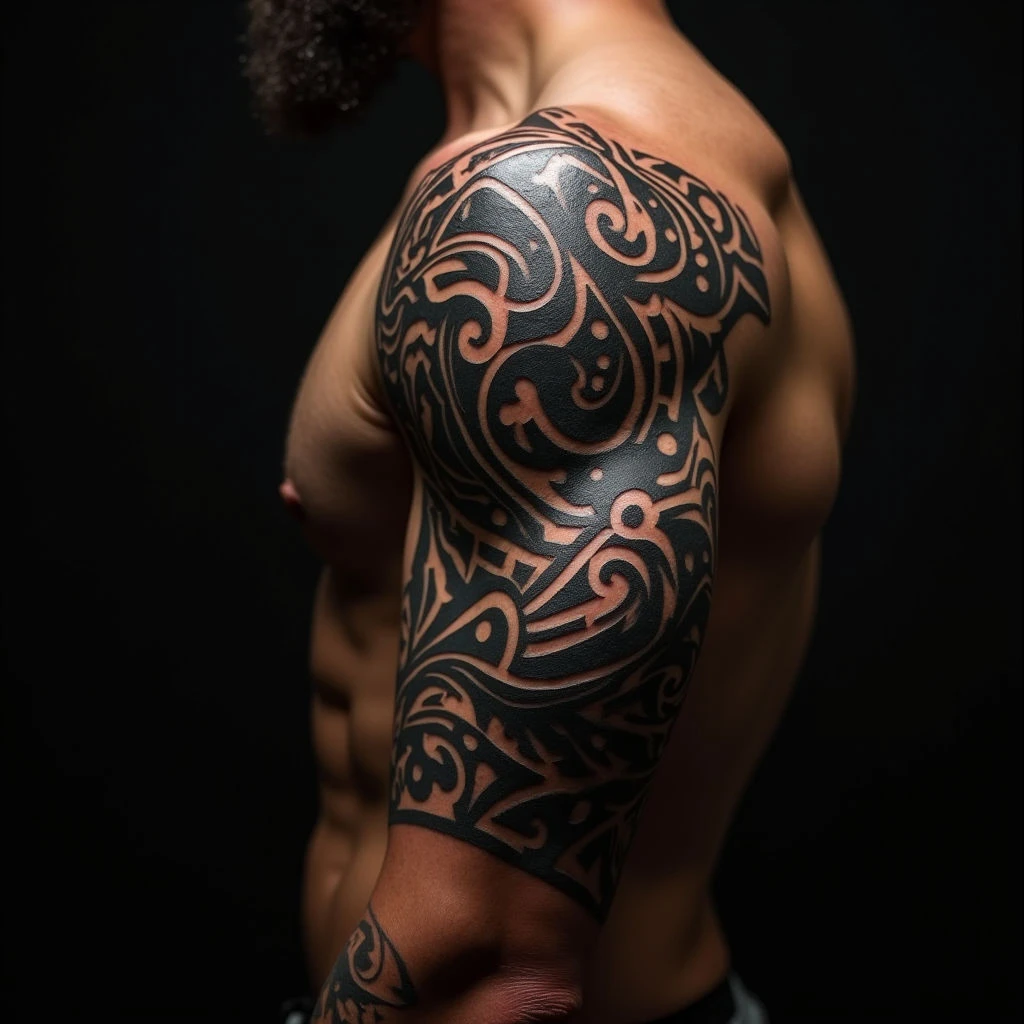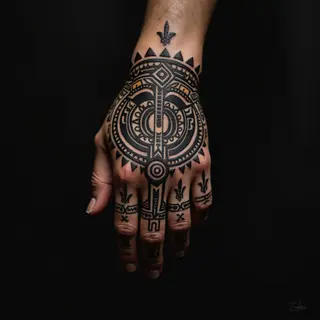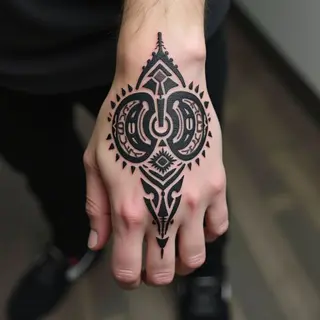The Enduring Art of Polynesian Tattooing
Polynesian tattooing is an ancient art form, deeply rooted in tradition and rich with symbolism. These aren't just decorations; they served as powerful markers—signifying status, lineage, accomplishments, and a profound spiritual connection.
A History Etched in Skin
Originating from the islands of Polynesia—Samoa, Tonga, Fiji, Tahiti, Hawaii, and Aotearoa (New Zealand)—tattooing has been a cornerstone of cultural identity for centuries. These weren't impulsive choices; they were carefully considered rites of passage, often involving intricate procedures carried out by skilled tattoo masters.
Decoding the Symbols
Each element within a Polynesian tattoo holds significant meaning. Let's look at some common motifs:
- Waves: Representing a connection to the ocean and one’s ancestors.
- Mountains: Symbolizing strength, stability, and personal spiritual journeys.
- Birds: Often representing freedom, travel, and messages from the gods.
- Fish: A vital source of sustenance and a symbol of abundance.
- Geometric Patterns: Representing interconnectedness and family bonds—a visual language of relationships.
The placement of these symbols wasn't arbitrary either; it reflected an individual’s role in society and told their personal story.
Modern Interpretations
While honoring the traditional practices, contemporary Polynesian tattoo artists are blending ancient designs with modern aesthetics. This creates unique expressions that resonate with a new generation—a beautiful evolution of an age-old art.
It's important to approach this art form with respect for its cultural significance; truly understanding the meaning behind the design is paramount.


